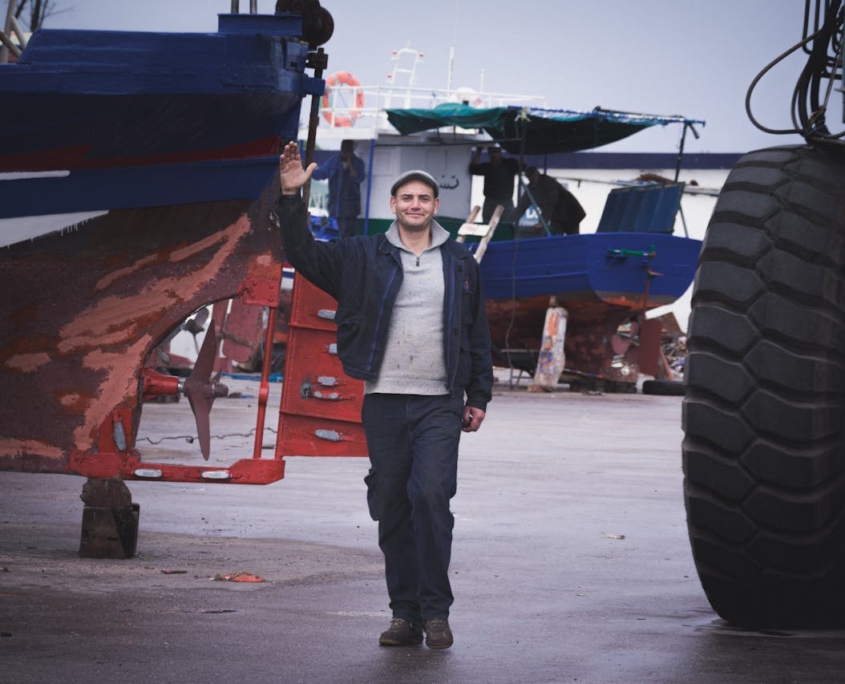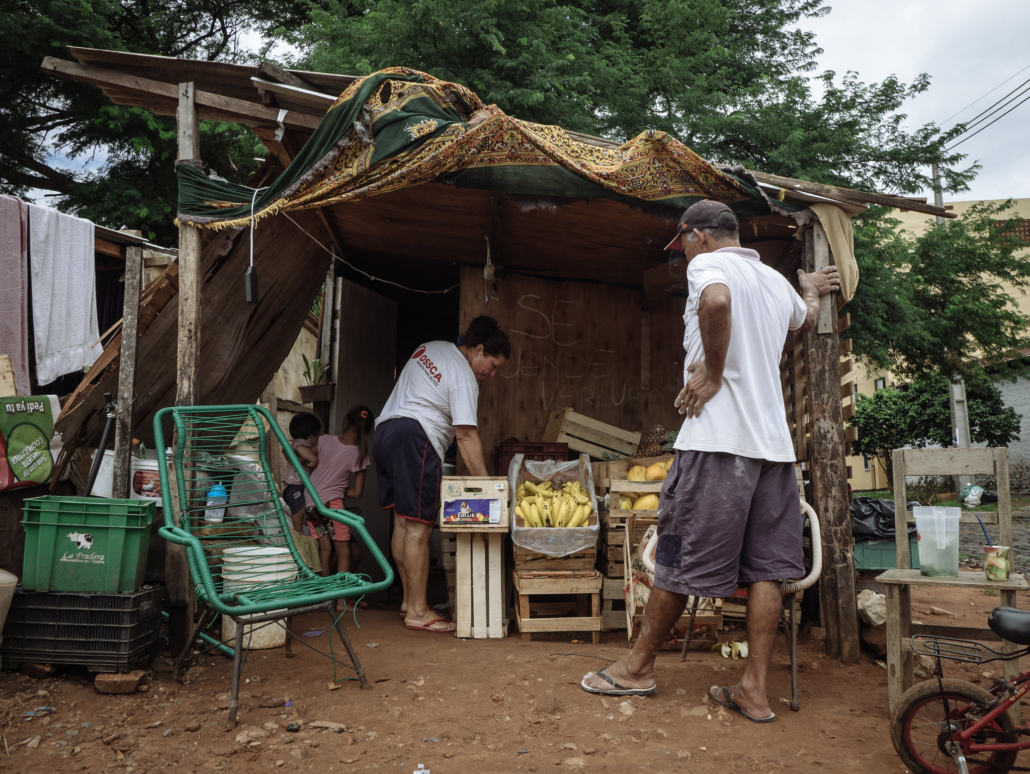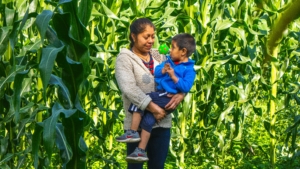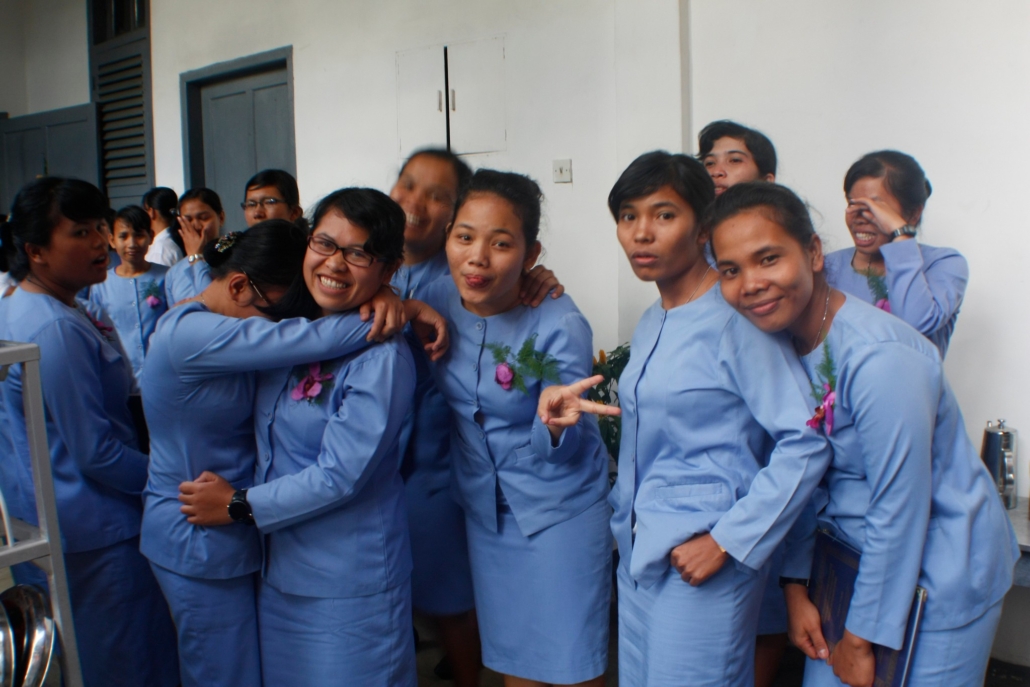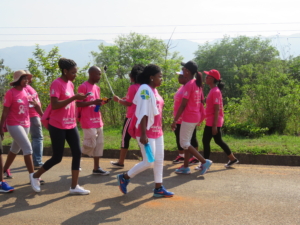

Migration to Austria in the Second Half of the 20th Century
In the second half of the 20th century, Austria welcomed refugees from Europe and beyond, including those cast away from conflict in Uganda, Chile and Indochina amongst others. It has also offered a safe haven for persecuted groups.
Increased focus on guest-working programs that distributed manual labor amongst migrants coupled with conflicts in the Balkan region and Kosovo saw a rise in migration across the country in the second half of the century. Such initiatives saw potential for skill development in migrants who were severely limited due to poverty, lack of education and lack of access to basic human necessities. In line with the United Nation’s 2030 Sustainable Development Goals (SDGs), Austria has recognized how such migration benefits the development of the country as a whole and unlocked migrants’ potential by offering them employment and relieving them from poverty.
Thanks to its central location in Europe, stable economy and sympathetic attitude to refugees, it is easy to see why Austria is an obvious choice for many leaving their disadvantaged origins to create new lives abroad.
Attitudes to Migration to Austria Today
It is no secret that attitudes towards migration have soured Europe-wide, and Austria is certainly not immune. According to a 2016 integration barometer study, 60% more of participants judged the migration of Muslim persons and communities as a negative thing.
That is not to say that people view it negatively everywhere. The great metropolis of Vienna is predictably more welcoming to refugees and migrants. One empirical study conducted in 2023 revealed that Viennese people have a lot of social contact with people from migrant countries, with many also having family members from abroad. The city generally recognizes the positive impact of migrants on its economy, workforce and varied social landscape.
However, Vienna is somewhat its own microorganism. A study in October 2017 discovered that many Austrians lacked education surrounding issues of migration. Even if they were educating themselves about such issues, studies suggested biased news coverage that called for tougher border controls created unfounded fears and anti-migrant rhetoric.
Initiatives Fighting for Migrants’ Rights
Despite the rise of nationalist rhetoric across the country, social initiatives are still fighting for the lawful right of migration to Austria while also providing migrants with a framework that allows them to live and work in the country legally.
Megaphon, a street magazine based in Austria’s second-biggest city, Graz, just celebrated its 30th birthday. With it, it marked three decades of standing for social equality and migratory rights. Megaphon works specifically with migrants and asylum seekers from West Africa and Eastern Europe, offering them an empowering alternative to begging on the street by giving them the chance to sell the street magazine for double the amount they bought it for.
Many of the Megaphon vendors have unfortunately slipped through the cracks of the bureaucratic system in Austria, meaning that they often face work permit restrictions. Megaphon makes it possible for vendors to be self-employed without having the necessary documentation.
Social Initiatives Are the Future
Megaphon is just one example of an organization pushing back against the anti-migrant rhetoric that is gaining prevalence across the country. Such initiatives are more important than ever to fight for those on the fringes of society and ensure they do not end up in a life of poverty.
– Saroj Spickett
Saroj is based in Graz, Austria and focuses on Good News and Global Health for The Borgen Project.
Photo: Pixabay
